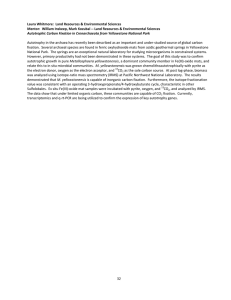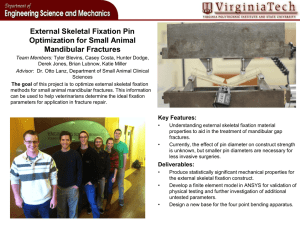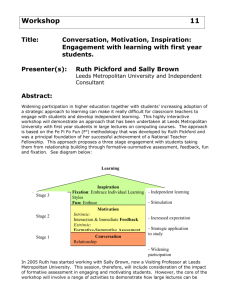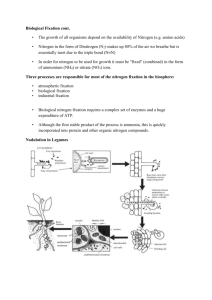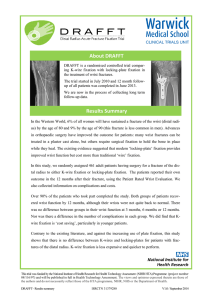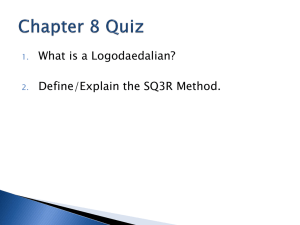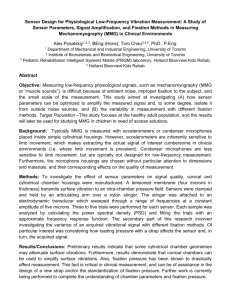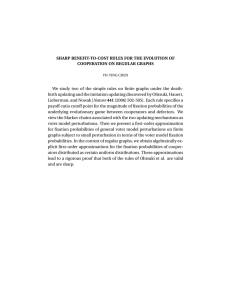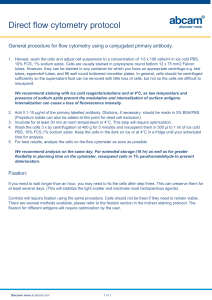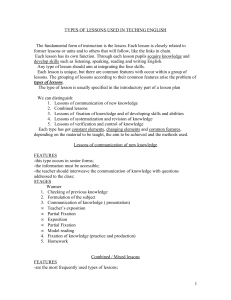Simple models of neutral evolution in growing populations
advertisement
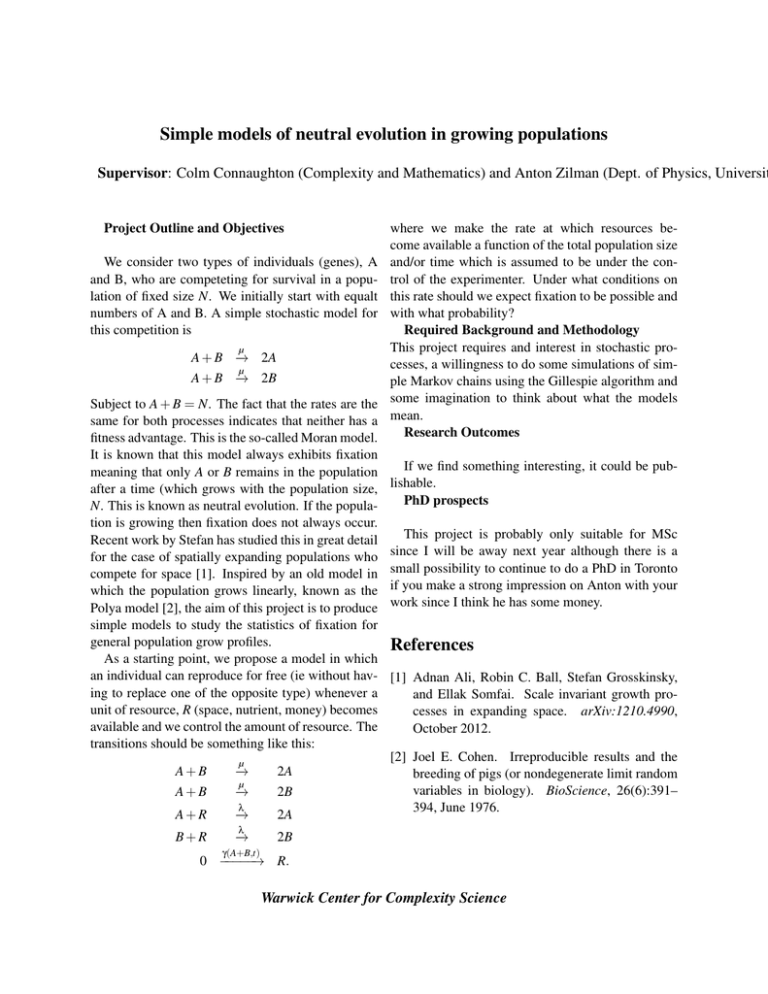
Simple models of neutral evolution in growing populations Supervisor: Colm Connaughton (Complexity and Mathematics) and Anton Zilman (Dept. of Physics, Universit Project Outline and Objectives We consider two types of individuals (genes), A and B, who are competeting for survival in a population of fixed size N. We initially start with equalt numbers of A and B. A simple stochastic model for this competition is µ A+B → − 2A µ A+B → − 2B Subject to A + B = N. The fact that the rates are the same for both processes indicates that neither has a fitness advantage. This is the so-called Moran model. It is known that this model always exhibits fixation meaning that only A or B remains in the population after a time (which grows with the population size, N. This is known as neutral evolution. If the population is growing then fixation does not always occur. Recent work by Stefan has studied this in great detail for the case of spatially expanding populations who compete for space [1]. Inspired by an old model in which the population grows linearly, known as the Polya model [2], the aim of this project is to produce simple models to study the statistics of fixation for general population grow profiles. As a starting point, we propose a model in which an individual can reproduce for free (ie without having to replace one of the opposite type) whenever a unit of resource, R (space, nutrient, money) becomes available and we control the amount of resource. The transitions should be something like this: µ A+B → − A+B → − 2B A+R λ → − 2A B+R λ 2B µ → − 2A where we make the rate at which resources become available a function of the total population size and/or time which is assumed to be under the control of the experimenter. Under what conditions on this rate should we expect fixation to be possible and with what probability? Required Background and Methodology This project requires and interest in stochastic processes, a willingness to do some simulations of simple Markov chains using the Gillespie algorithm and some imagination to think about what the models mean. Research Outcomes If we find something interesting, it could be publishable. PhD prospects This project is probably only suitable for MSc since I will be away next year although there is a small possibility to continue to do a PhD in Toronto if you make a strong impression on Anton with your work since I think he has some money. References [1] Adnan Ali, Robin C. Ball, Stefan Grosskinsky, and Ellak Somfai. Scale invariant growth processes in expanding space. arXiv:1210.4990, October 2012. [2] Joel E. Cohen. Irreproducible results and the breeding of pigs (or nondegenerate limit random variables in biology). BioScience, 26(6):391– 394, June 1976. γ(A+B,t) 0 −−−−−→ R. Warwick Center for Complexity Science

